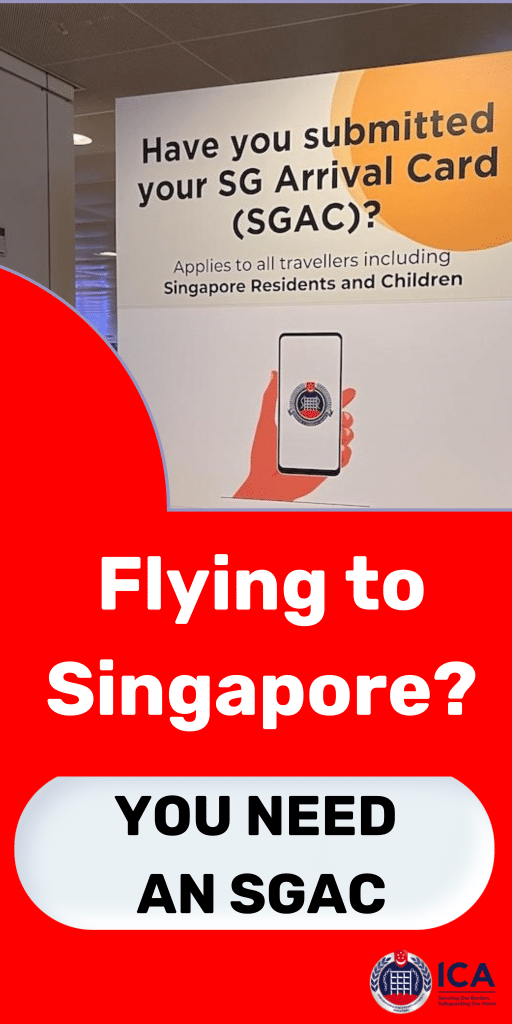Singapore’s strict ban on chewing gum is legendary. Since 1992, the sale and public consumption of gum has been illegal, with smugglers even facing prison. For many, the bizarre gum ban encapsulates Singapore’s reputation as an orderly but authoritarian “nanny state”.
Yet the reasons behind the policy are more complex than many assume. While controversial, examining the context helps explain why an otherwise modern and progressive Singapore chose to crack down on chewing gum.
Origins of the Ban
Chewing gum was once commonplace in Singapore. Stores freely sold gum brands like Wrigley’s throughout the 1970s and 80s. However, in the 1970s the government expressed growing concern about improper disposal of chewed gum. Gum was often spat out on pavements or stuck under tables and chairs. Building managers complained about costly gum cleanup.
In 1983, a complete ban on gum sales was proposed but rejected as too severe. Yet problems persisted, and gum vandalism even disrupted Singapore’s Mass Rapid Transit (MRT) system after it opened in 1987. Vandals stuck gum on sensor doors, preventing them from closing and disrupting trains.
This gum vandalism of the showcase MRT system was the last straw. In 1992, Singapore’s parliament passed the Regulation of Imports and Exports Act, banning the import of gum entirely except for approved therapeutic purposes.
Phase-Out and Public Reactions
After the ban passed, retailers were given six months to phase out existing gum stocks. An exception was made allowing international travelers to bring up to 2 packs of gum into Singapore for personal consumption. But otherwise, gum would disappear from Singaporean store shelves and streets.
Reactions were mixed after the ban took effect in 1992. There was certainly criticism of the heavy-handed approach. Some complained the ban infringed on personal freedoms over a minor issue. Others felt it reinforced the ‘nanny state’ image of Singapore’s ruling party.
However, many Singaporeans also welcomed the ban as necessary to combat vandalism and litter. The public largely accepted the ban as part of the tradeoff for Singapore’s cleanliness and order. Since the 1990s, few in Singapore have bothered to challenge the gum ban.
Strict Enforcement
While occasionally controversial abroad, chewing gum has remained completely banned in Singapore for over 30 years. The government strictly enforces the ban through hefty fines and other deterrents.
Fines up to S$100,000 can be levied for selling, importing or manufacturing gum. Even possession in bulk can invite punishment. In 2003, a shipment of 288kg of gum was seized from a Singaporean trader and destroyed. Smuggling gum leads to imprisonment as well as caning.
Singapore has also deployed more innovative deterrents. To prevent people smuggling gum via Changi Airport, officers would stamp passports of those caught with gum. Offenders thus had difficulty re-entering Singapore. This controversial practice was discontinued in 2018.
Therapeutic Exemptions
While total, Singapore’s ban does allow verified medicinal gum like nicotine gum. But imports require approval from the government’s Health Science Authority.
Hospitals and pharmacies can distribute prescribed therapeutic gum. Individuals must provide medical justification to legally obtain gum, such as a nicotine addiction. Therapeutic gum packs also cannot contain more than a small number of pieces.
Workarounds Emerge
Despite strict policing, some workarounds allowing access to gum have emerged:
- Bootlegging of gum from Malaysia remains an issue along the border.
- Online resale sites like Carousell allow people to buy and sell gum covertly. Listings use codewords to avoid detection.
- Candies mimicking the texture of gum like ‘GumDropz’ briefly existed before also facing a ban.
- Private premises are not monitored, so people can still chew gum in their homes. Some nightclubs reportedly hand out gum discreetly.
Yet these workarounds are limited in scope. Overall, the ban has ensured chewing gum has mostly disappeared from mainstream Singaporean society.
Lessons Learned
Nearly 30 years on, Singapore’s chewing gum ban remains controversial but also broadly accepted domestically. Despite flaws, the policy reflects the priority Singapore places on civic order and cleanliness. While heavy-handed, Singapore decided the vandalism and inconvenience posed by irresponsible gum disposal outweighed objections to the ban.
The episode highlights the different social contract in Singapore compared to many Western societies. However, Singapore has also learned to take a lighter touch regulating social behavior over time. As the nation modernizes, the gum ban seems increasingly like a relic from another era. Whether it will remain forever fixed is yet to be seen.
Key Takeaways
- Singapore banned chewing gum in 1992 after vandals caused disruptions by sticking gum on the MRT trains.
- Reactions were mixed, with some seeing the ban as authoritarian while others welcomed it to reduce littering.
- The government strictly enforces the ban through hefty fines and even imprisonment for violations.
- Very limited exceptions exist, such as for verified therapeutic gum with a doctor’s prescription.
- The gum ban highlights how Singapore prizes civic order over personal liberties compared to other societies.

Goh Jun Cheng is the chief staff writer for SingaporeAirport.com. Jun Cheng graduated with a degree in journalism from Nanyang Technological University in Singapore.
He has over 5 years of experience writing about aviation, tourism, and lifestyle topics relevant to locals and visitors in Singapore. His articles provide insights into the rich culture, cuisine, and attractions of Singapore. Jun Cheng is an avid traveler who has visited over 15 countries.
When he is not writing or traveling, he enjoys photography, trying new foods, and hiking. As a longtime Singapore resident, Jun Cheng is passionate about sharing hidden gems and perspectives about his home country.




